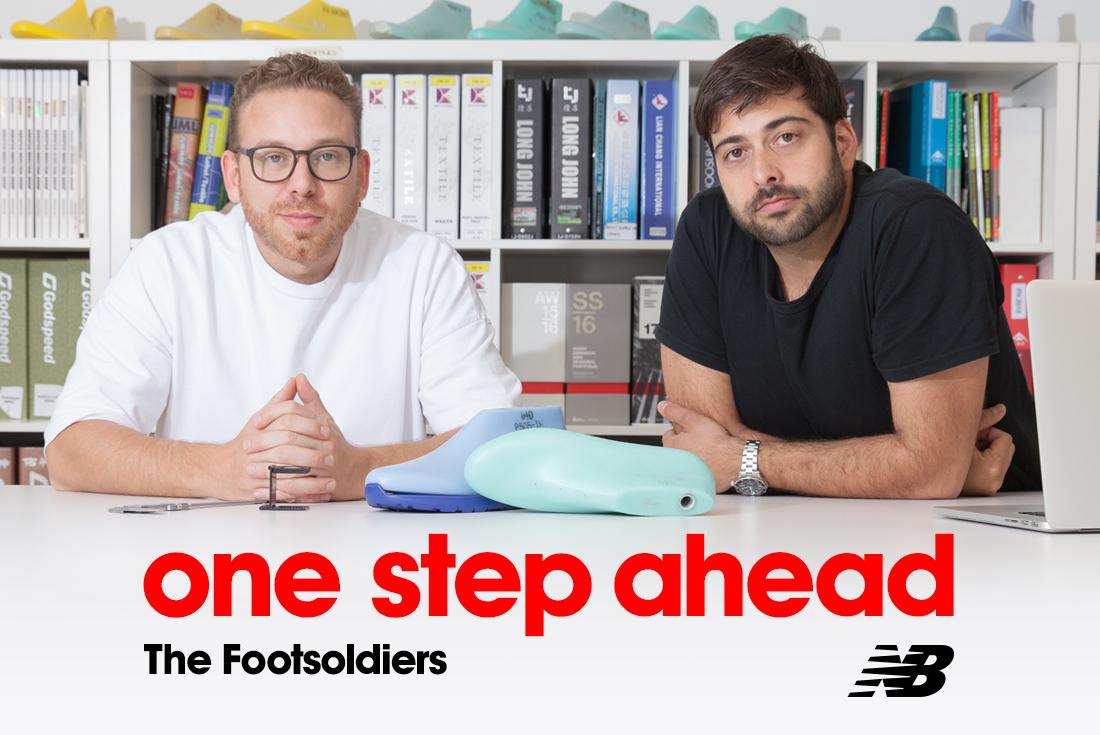In partnership with New Balance, Sneaker Freaker’s ‘One Step Ahead’ series explores the journeys of five creatives who have blazed their own trails within the sneaker industry.
There’s far more to the sneaker world than simply the brands we know and love. Dig a little deeper beyond big-name collaborators, major hype and stalwart stores and you’ll find a crack team of design guns for hire. Based in London’s Shoreditch, The Footsoldiers are an independent footwear design consultancy working to transform the face of footwear from the outside in. Read on as The Footsoldiers’ commanders-in-chief, Tom Astrella and Hector Rubio, expound the benefits of going rogue.







